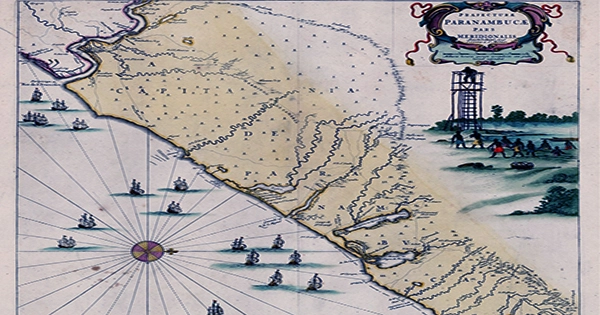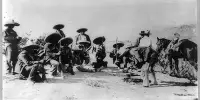They were originally known as Mocambo, a word derived from the Mbundu of what is now Angola that means “hideout.” In 17th-century Brazil, there were small settlements of fugitive slaves, possibly 50 in number. They were quickly demolished by colonial powers, whether Dutch or Portuguese.
Palmares, on the other hand, was unique. It was founded in 1605 in dense woodland between mountains in the northeastern region of Pernambuco, and it survived until 1694 as an African civilization enclave in the South American jungle. Its population is estimated to be 30,000 people. It had at least eleven well-fortified villages in its heyday, with native-born residents outnumbering former slaves. They referred to each other as malungo, which means ‘comrade’ in Swahili.
A Dutch mission to Palmares in 1645 observed “well-kept farmlands, all kinds of cereals, beautifully irrigated with streamlets.” Nonetheless, the villages were heavily fortified, with walls, palisades, and trap networks protecting them. Macoco, the largest village, was erected around a seemingly impregnable cliff, ringed by spikes – at foot, thigh, and throat level. There were also spike-filled concealed pits. After Palmares, another Mbundu word for these enclaves began to be used: quilombo, ‘war-camp’.
Between 1672 and 1686, 14 military operations were launched against Palmares, all of which were unsuccessful. Plantation owners stated that “the Negroes of Palmares… appear invincible.”
The Portuguese eventually called in a new contingent of Bandeirantes, jungle-hardened fighters from So Paolo. They reduced Palmares to a single bastion, Macoco, which they besieged for 42 days in two years. On the night of February 5, 1694, those who remained inside Macoco attempted to breach the Portuguese lines. Some 200 of them fell – or leaped – ‘from a rock so high that they were broken to bits’ in the darkness. Its monarch, Zambi, was among the last to escape the fortress and was shot twice but was captured alive.
On November 20, 1695, he was beheaded. However, the memory of what had happened lingered. As late as 1746, fugitive slaves were still rushing to the site, looking for a place that had once been both hope and home.
















